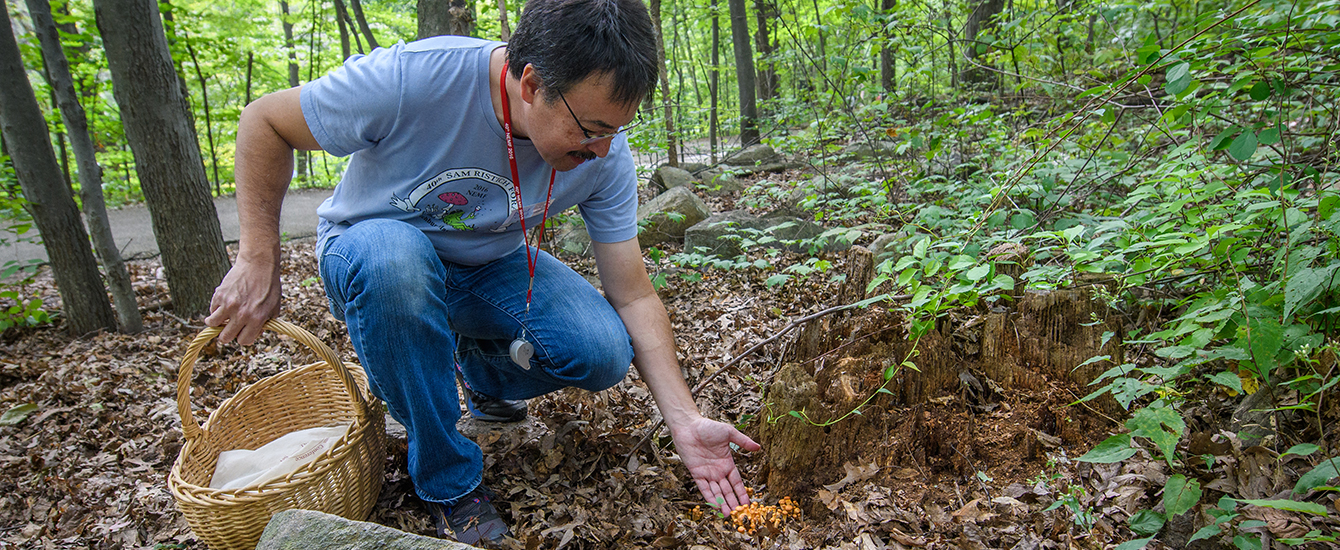Biology
Vertical Habitat Stratification in Sympatric and Allopatric Populations of Aedes hendersoni and Aedes triseriatus (Diptera: Culicidae)
Document Type
Article
Abstract
Vertical habitat stratification in populations of Aedes hendersoni Cockerell (Diptera: Culicidae) and Aedes triseriatus (Say) (Diptera: Culicidae) has been observed to varying degrees throughout the species' sympatric range, and potential causes of the phenomenon, including species competition and interaction, have been debated extensively. Stratification patterns in oviposition in allopatric, sympatric, and marginally sympatric populations of both species were investigated and compared in this research to detect any pattern differences related to species composition. Expected patterns were observed in sympatric populations, with Ae. hendersoni preferentially ovipositing in canopy habitats, whereas Ae.Triseriatus preferred basal habitats. Allopatric populations presented a strong shift toward basal preference in the former and a slighter but significant shift toward canopy in the latter. Marginal populations of Ae. hendersoni showed intermediate height preferences, whereas preferences of marginal and sympatric Ae.Triseriatus did not differ. The convergence of habitat selection in allopatric populations and corresponding divergence in sympatric populations support interspecific competition-based hypotheses regarding the origin of the stratification phenomenon, although plausible alternative or contributing explanations are numerous and warrant further study.
Publication Title
Journal of Medical Entomology
Publication Date
2-25-2019
Volume
56
Issue
2
First Page
311
Last Page
319
ISSN
0022-2585
DOI
10.1093/jme/tjy107
Keywords
Aedes hendersoni, Aedes triseriatus, competition, niche diversification, resource partitioning
Repository Citation
Fitzgerald, Jamie and Livdahl, Todd P., "Vertical Habitat Stratification in Sympatric and Allopatric Populations of Aedes hendersoni and Aedes triseriatus (Diptera: Culicidae)" (2019). Biology. 400.
https://commons.clarku.edu/faculty_biology/400



